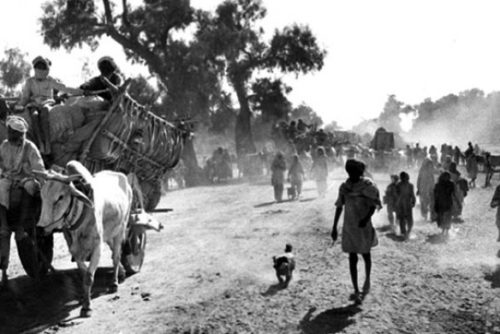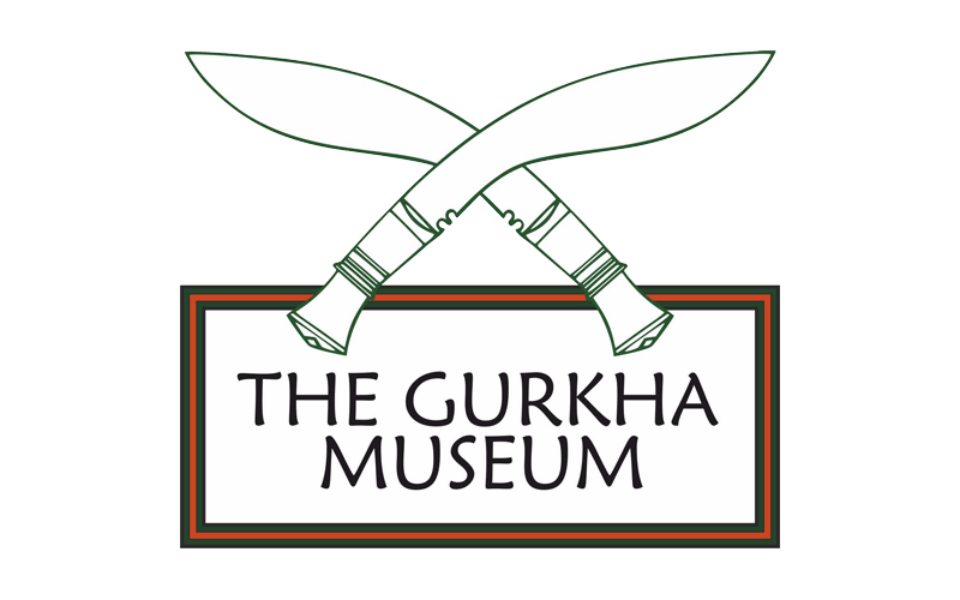
The Partition of India and transfer to the British Army
After the Second World War conflicts in Palestine, The Dutch East Indies, French Indo China, Borneo and the troubled partition of India claimed the attention and often the lives of officers and men of the Gurkha Brigade.
At the time of the partition of India there were ten Gurkha Regiments in the Indian Army, each regiment consisted of a number of battalions.
As a result of negotiations between the Nepalese, British and Indian Governments (known as the ‘Tri-Partite Agreement’) four of these regiments, each of two battalions were transferred to the British Army, the remainder staying with the new Indian Army.
Thus on 1st January 1948, four Gurkha regiments became, for the first time, an integral part of the British Army, forming the Brigade of Gurkhas. These regiments were:
- 2nd King Edward VII’s Own Gurkha Rifles (The Sirmoor Rifles)
- 6th Gurkha Rifles (later Queen Elizabeth’s Own)
- 7th Gurkha Rifles (later Duke of Edinburgh’s Own)
- 10th Gurkha Rifles (later Princess Mary’s Own)
When these Regiments moved to the Far East in 1948 they, with other units of the British Army already there, were formed into a Division which, being largely Gurkha, was designated 17 Gurkha Infantry Division. After 1948 the following additional Gurkha Units were raised:
- Gurkha Engineers (now The Queen’s Gurkha Engineers)
- Gurkha Signals (now The Queen’s Gurkha Signals)
- Gurkha Army Service Corps (now The Queen’s Own Gurkha Logistic Regiment)
- Gurkha Independent Parachute Company (disbanded 1972)
- Gurkha Military Police (disbanded 1964)
Find out more about our history with the Gurkha Museum


